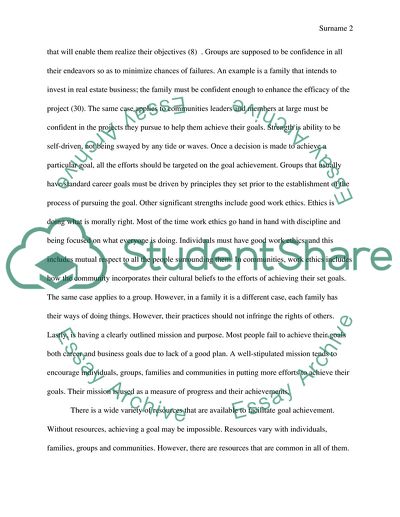Cite this document
(Social Work Values and Ethics Coursework Example | Topics and Well Written Essays - 3000 words, n.d.)
Social Work Values and Ethics Coursework Example | Topics and Well Written Essays - 3000 words. Retrieved from https://studentshare.org/social-science/1860109-competency-paper
Social Work Values and Ethics Coursework Example | Topics and Well Written Essays - 3000 words. Retrieved from https://studentshare.org/social-science/1860109-competency-paper
(Social Work Values and Ethics Coursework Example | Topics and Well Written Essays - 3000 Words)
Social Work Values and Ethics Coursework Example | Topics and Well Written Essays - 3000 Words. https://studentshare.org/social-science/1860109-competency-paper.
Social Work Values and Ethics Coursework Example | Topics and Well Written Essays - 3000 Words. https://studentshare.org/social-science/1860109-competency-paper.
“Social Work Values and Ethics Coursework Example | Topics and Well Written Essays - 3000 Words”, n.d. https://studentshare.org/social-science/1860109-competency-paper.


